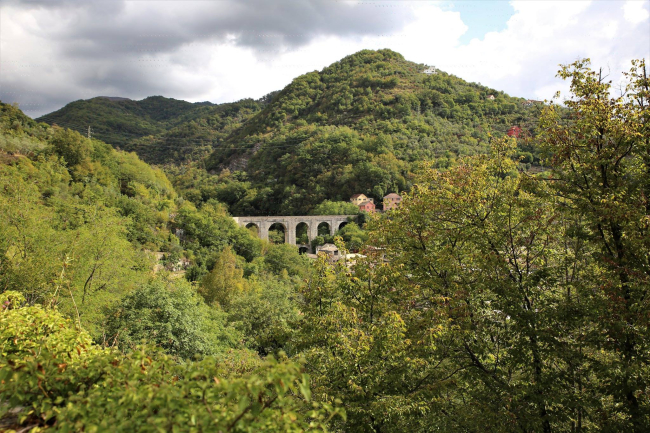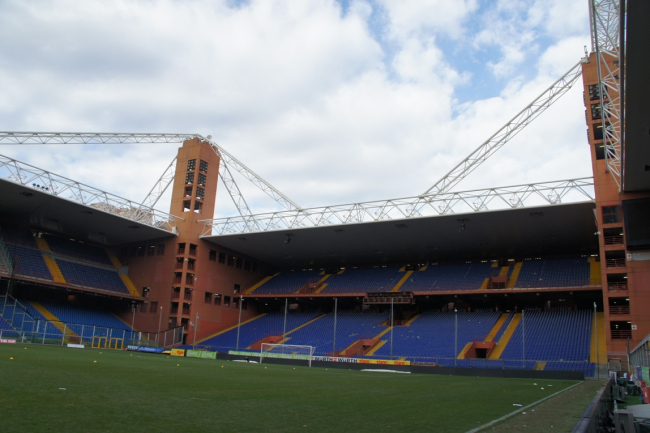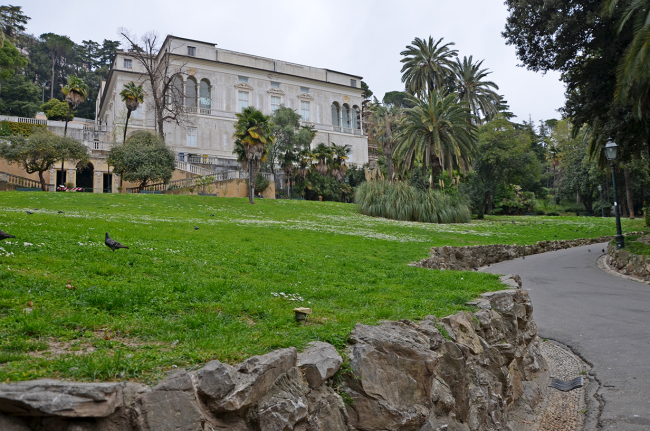Val Bisagno
One of the main valleys of the genovesato takes its name from the Bisagno torrent. Once the Bisagno Valley was crossed by the road to Emilia and the Roman Aurelia, of which there is only one testimony in the two arches of the bridge of Sant'Agata, near Borgo Incrociati. Between the mountains and the stream, the areas in front of the banks of the torrent were once less inhabited than today and housed mainly agricultural settlements and some summer residences, especially on the hills of Sant'Eusebio, Fontanegli, San Pantaleo and Struppa.
Today this area of the city is interesting especially for some monuments, including the beautiful monumental cemetery of Staglieno, an open-air museum that testifies the splendor of a rich and bourgeois nineteenth-century Genoa. On a trip out in Bisagno Valley it is certainly worth visiting the church of San Siro in Struppa (XII century), a typical example of Genoese Romanesque, dedicated to the saint born in this town and recently restored. Nearby Struppa there are several taverns and trattorias where you can taste the typical cuisine and a network of typical country creuze that goes up the hill to the church of San Martino and offers those who love walking a typical 19th century Genoese landscape, just before the urbanization, between cultivated strips, dry stone walls, colorful houses and olive trees. The Bisagno Valley is crossed by the historic aqueduct of Genoa, an ancient structure that has guaranteed to the city and the port water supplies for centuries. Today the ancient aqueduct has become an evocative flat trail that extends for about 28 km towards the hinterland.
In Marassi beats the heart of football supporters, the city is divided between two football teams: Genoa and Sampdoria; here you can find the "Temple of Football", the municipal stadium Luigi Ferraris, the oldest in Italy still in use.
Above the hill of San Fruttuoso rises the sanctuary of the Madonna del Monte, which offers a breathtaking view.
For history lovers, in San Fruttuoso, in addition to Villa Imperiale with its park, there is also Villa Migone, a historic location where, on April 25, 1945, the surrender act of the German troops led by General Meinhold to the National Liberation Committee is preserved; only case in Italy in which the German army surrendered to the partisan forces and not to the allied army, not yet arrived in the city, event remembered by a plaque at the entrance.






